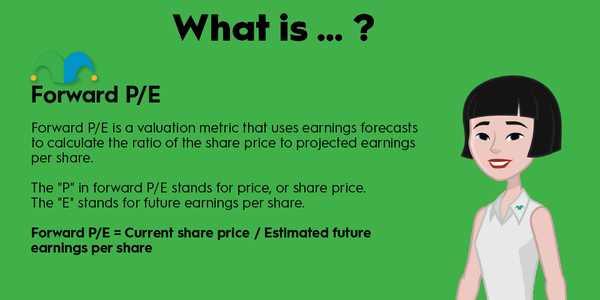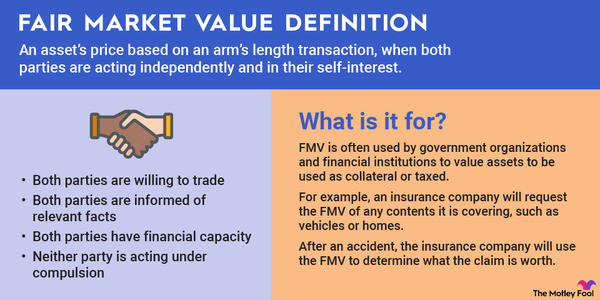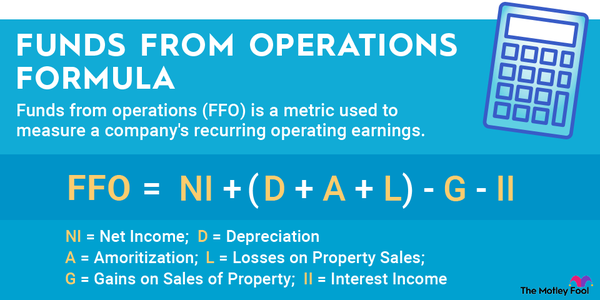What is it?
The federal income tax is the primary source of revenue for the United States government. It is assessed on most types of income as a percentage.
The federal income tax system in the United States is a progressive tax system, which means that the higher your income, the greater percentage you’ll pay. And the federal income tax system is complex. In addition to the federal income tax brackets, there are deductions and credits that taxpayers can use to reduce their tax burden.
In this article, we’ll give a general overview of how federal income tax in the United States works and some of the key concepts all taxpayers should know.

Taxable income vs. adjusted gross income
Taxable income vs. adjusted gross income
There are three important income numbers that U.S. taxpayers should be aware of.
- Gross income: The total amount of money you make in a given year.
- Adjusted gross income: Your gross income minus certain adjustments, such as contributions to retirement accounts.
- Taxable income: Your adjusted gross income minus any other deductions you’re entitled to, including the standard or itemized deductions. This is the number used to determine your tax bracket, or the percentage of adjusted gross income paid.
Tax brackets
Federal income tax brackets
The percentages applied to your income are referred to as the tax brackets. Under current tax law, there are seven different brackets ranging from 10% to 37%. Here’s a look at the 2023 federal income tax brackets and their income ranges.
| Tax Rate | Single Filers | Married Couples Filing Jointly | Heads of Households |
|---|---|---|---|
| 10% | $0 - $11,000 | $0 - $22,000 | $0 - $15,700 |
| 12% | $11,000 - $44,725 | $22,000 - $89,450 | $15,700 - $59,850 |
| 22% | $44,725 - $95,375 | $89,450 - $190,750 | $59,850 - $95,350 |
| 24% | $95,375 - $182,100 | $190,750 - $364,200 | $95,350 - $182,100 |
| 32% | $182,100 - $231,250 | $364,200 - $462,500 | $182,100 - $231,250 |
| 35% | $231,250 - $578,125 | $462,500 - $693,750 | $231,250 - $578,100 |
| 37% | Over $578,125 | Over $693,750 | Over $578,100 |
With this information in mind, it’s important to understand how this works. The federal income tax system in the U.S. uses marginal tax brackets. In other words, if you are single and your taxable income in 2023 is $100,000, you wouldn’t simply pay 24% because you fall into this tax bracket. You’d pay 10% on the first $11,000 you earned, 12% on the amount between $11,000 and $44,725, and so on. Think of your tax bracket as the rate you pay on your last dollar of income, not on your entire earnings.
It’s also important to note that certain types of income are taxed differently. Most commonly, long-term capital gains and most stock dividends have only three “brackets,” with rates of 0%, 15%, and 20%.
Tax deductions and credits
Federal income tax deductions and credits
There are two main categories of tax breaks that U.S. taxpayers can use to reduce their taxable income -- deductions and credits.
Tax deductions lower your taxable income. For example, if you earned $100,000 and have $25,000 in tax deductions, it would lower your taxable income to $75,000. Common tax deductions include mortgage interest, charitable contributions, and certain medical expenses. There’s also a standard deduction that taxpayers can choose to use.
On the other hand, tax credits are applied after your tax is calculated and reduce the amount you owe dollar-for-dollar. In other words, if your federal income tax for 2023 is $15,000 and you have a $3,000 tax credit, the amount you have to pay is reduced to $12,000.
Because of tax deductions and credits, it’s important to understand the concept of an effective tax rate. Your effective tax rate is the amount of federal income tax that you actually pay the government as a percentage of your total income. For example, if your gross income in 2023 is $100,000 and you pay $10,000 in federal income tax, your effective tax rate is 10%.
Related investing topics
Social Security and Medicare taxes
Social Security and Medicare taxes
In addition to federal income tax, you’ll also pay Social Security and Medicare taxes to support those programs. These aren’t technically a part of the federal income tax, but you can consider them to be close cousins of it.
Social Security tax is charged at a rate of 12.4%, with half paid by the employer and half paid by the employee (you). It only applies to a certain amount of earned income, and for 2023, the Social Security income limit is $160,200. On the other hand, Medicare is taxed at 2.9% of all earned income, with half paid by the employer and the employee. Self-employed individuals pay both the employer and employee portions of Social Security and Medicare taxes.

























































